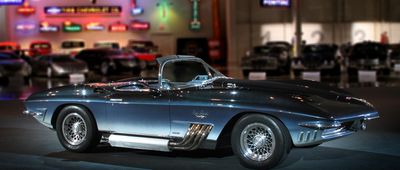You've Come a Long Way, Baby
Hippie van, VW bus, Kombi, Samba, Transporter, Vanagon, Eurovan … Volkswagen’s beloved vehicle has been known by many names around the world. For more than half a century, VW has been making passenger and cargo vans in a variety of shapes and sizes, including iconic pop-top campers and quirky four-wheel-drive versions. And although they haven’t been sold in the United States since 2003, that could be changing: The electric Volkswagen van known as the ID. Buzz is expected to hit the U.S. market in 2024. Ahead are some of the coolest models that Volkswagen has produced — plus a few that failed to materialize — since the first one rolled off the assembly line in 1950.
Related: The Evolution of the RV, From Covered Wagon to Winnebago

























